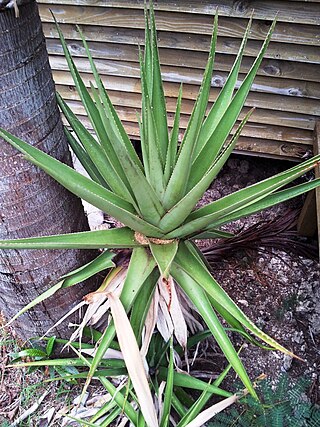
Aldabra is the world's second-largest coral atoll, lying southeast of the continent of Africa. It is part of the Aldabra Group of islands in the Indian Ocean that are part of the Outer Islands of the Seychelles, with a distance of 1,120 km (700 mi) southwest of the capital, Victoria on Mahé Island. Initially named by Arab seafarers for its harsh environment, Aldabra became a French colony dependency in the 18th century, leading to the exploitation of its natural resources, particularly giant tortoises. After passing through British hands, Aldabra faced potential military use in the 1960s, but international protests resulted in its protection. The atoll boasts unique geography, featuring the world's largest raised coral reef and a large shallow lagoon. Aldabra's history involves human impact, including failed agricultural ventures.

Giant tortoises are any of several species of various large land tortoises, which include a number of extinct species, as well as two extant species with multiple subspecies formerly common on the islands of the western Indian Ocean and on the Galápagos Islands.

The Aldabra giant tortoise is a species of tortoise in the family Testudinidae. The species is endemic to the Seychelles, with the nominate subspecies, A. g. gigantea native to Aldabra atoll. It is one of the largest tortoises in the world. Historically, giant tortoises were found on many of the western Indian Ocean islands, as well as Madagascar, and the fossil record indicates giant tortoises once occurred on every continent and many islands with the exception of Australia and Antarctica.
This article is one of a series providing information about endemism among birds in the world's various zoogeographic zones. For an overview of this subject see Endemism in birds.

The Mauritian flying fox, also known as Greater Mascarene flying fox or Mauritius fruit bat is a large megabat species endemic to Mauritius and La Réunion.

The Thyrididae comprise the family of picture-winged leaf moths. They are the only family in the superfamily Thyridoidea, which sometimes has been included in the Pyraloidea, but this isn't supported by cladistic analysis.

Cylindraspis is a genus of recently extinct giant tortoises. All of its species lived in the Mascarene Islands in the Indian Ocean and all are now extinct due to hunting and introduction of non-native predators.
Stenochora is a genus of moths of the family Crambidae. It contains only one species, Stenochora lancinalis, the lanced pearl, which is found in southern and south-eastern Africa and the African islands of the Indian Ocean. The range includes Botswana, the Comoros, the Democratic Republic of Congo, La Réunion, Madagascar, Mauritius, Mozambique, the Seychelles (Aldabra), South Africa, Tanzania, Zambia and Zimbabwe.
William Warren was an English entomologist who specialised in Lepidoptera.
Hapana is a genus of moths of the family Thyrididae.
Hapana verticalis is a species of moth of the family Thyrididae. It is found in Nigeria, Cameroon, Angola, Namibia, Sierra Leone, Ivory Coast, Ghana, Democratic Republic of the Congo, Uganda, Sudan, Gabon, Kenya, Zimbabwe, Mozambique, South Africa and Tanzania.
Hapana milloti is a species of moth of the family Thyrididae. It is found in Madagascar.
Hapana minima is a species of moth of the family Thyrididae. It is found in Cameroon, Mozambique and Angola.
Banisia aldabrana is a species of moth of the family Thyrididae. It is found in the Seychelles on the islands of Aldabra, Menai and Cosmoledo and in South Africa.
Banisia apicale is a species of moth of the family Thyrididae. It is found in the Seychelles on Silhouette Island.
Banisia tibiale is a species of moth of the family Thyrididae. It is found in the Seychelles on Marianne Island and Silhouette Island.

Aloe sect. Lomatophyllum is a taxonomic section within the genus Aloe, comprising between 12 and 18 closely related species of Aloe from Madagascar and the Mascareigne islands.

Ile aux Aigrettes is an islet off the south-east coast of Mauritius. It functions as a nature reserve and a scientific research station. It is also a popular visitors attraction — both for tourists and for Mauritians.
Giant tortoises are any of various large land tortoises







